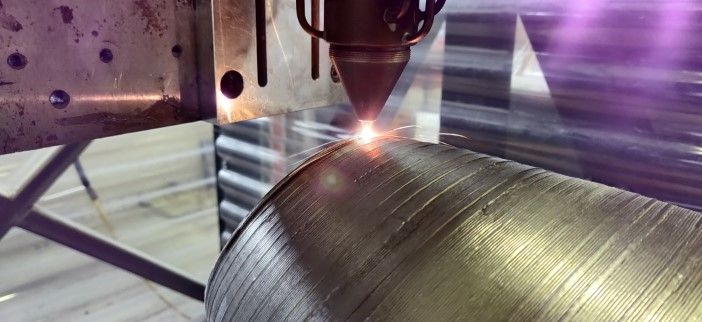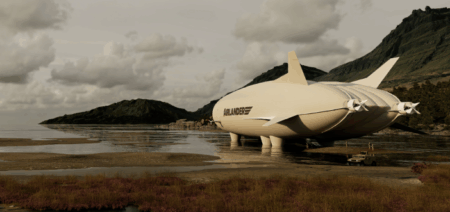UK-based rocket manufacturer Skyrora is leading a European Space Agency project to validate Tanbium, a novel high-temperature alloy, through 3D printing trials and mechanical testing for rocket engine applications.
The project is part of the European Space Agency’s (ESA’s) General Support Technology Programme (GSTP). Skyrora is collaborating with Metalysis, a metal powder producer, and Thermo-Calc Solutions, a computational alloy design provider.
Tanbium offers up to 30% weight savings in engine components compared with legacy aerospace materials such as C103 or IN718. The alloy provides higher burn time and temperature capability, with up to 95% less material waste through 3D printing and a potential 40% reduction in total component cost.
The program will apply Direct Energy Deposition (DED) for the first time to rocket engine components, specifically nozzles and combustion chambers. The nine-month project is scheduled to begin in the next few months and will involve 3D printing trials, material validation, mechanical testing, and a business case analysis.
Skyrora will lead integration using its Skyprint 1 and 2 DED platforms, with Skyprint 2 being the largest hybrid 3D printer of its kind in Europe. Metalysis will supply alloy powders through its patented solid-state electrochemical technology, and Thermo-Calc Solutions will provide alloy design and simulation using advanced modeling to optimize Tanbium’s chemistry and performance.
Derek Harris, director of business development and communications at Skyrora, said, “The UK and Europe are currently heavily dependent on the US for C103 alloy, which is used across aerospace propulsion. Tanbium will enable full domestic sourcing with the powder produced by Metalysis, and components printed and tested by Skyrora.”
Ida Berglund, managing director of Thermo-Calc Solutions, said, “Developed through an Integrated Computational Materials Engineering (ICME)-led design approach, Tanbium delivers performance and manufacturability gains that were previously out of reach—offering extended burn life, higher operating temperatures, and significant weight and cost reductions.”
Simon Hyde, technical officer at ESA, said, “Using this Tanbium alloy, the consortium are addressing a critical challenge for ultra-high temperature applications in Europe. They are opening a potentially rich seam for space applications and providing Europe with a resilient supply chain.”





